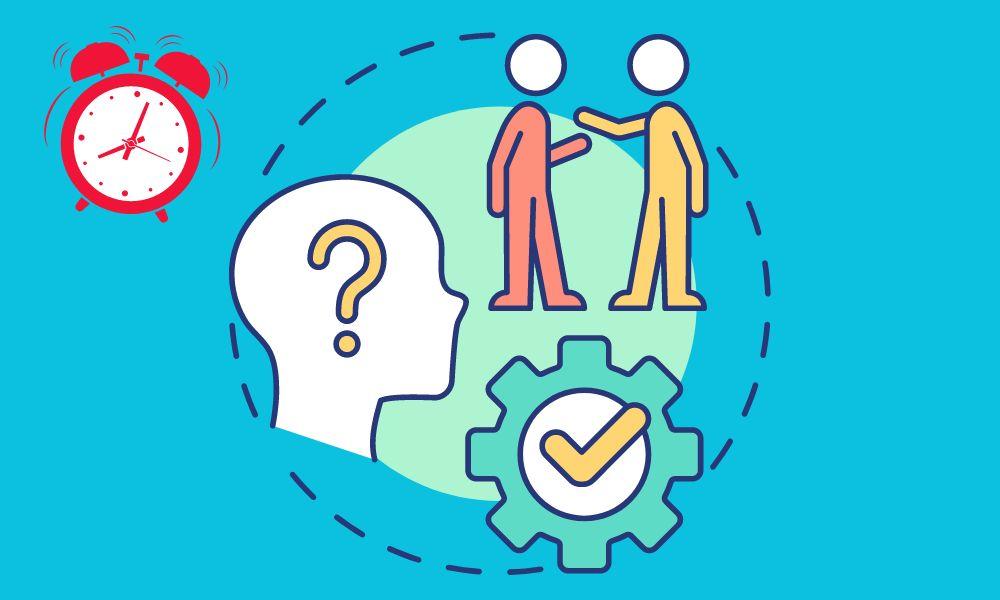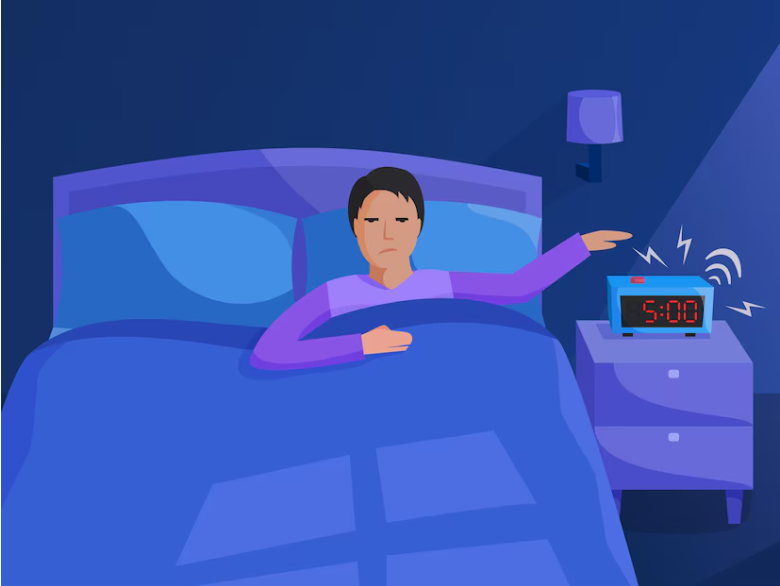
Everything to Know About the Stages of Sleep: Understanding the stages of sleep is crucial for appreciating how our bodies and minds rejuvenate during rest. Sleep is divided into two main types: Non-Rapid Eye Movement (NREM) and Rapid Eye Movement (REM) sleep. NREM sleep consists of three stages, each progressively leading to deeper sleep, while REM sleep is associated with vivid dreaming and plays a role in memory consolidation.
Contents
NREM Sleep
- Stage 1 (N1): This is the transition phase between wakefulness and sleep, lasting several minutes. During this light sleep stage, muscle activity slows, and you may experience occasional muscle twitching.
- Stage 2 (N2): In this stage, heart rate and breathing become more regular, and body temperature drops. It is a period of light sleep before entering deeper sleep stages.
- Stage 3 (N3): Also known as deep sleep or slow-wave sleep, this stage is crucial for physical restoration and growth. It is characterized by slow brain waves called delta waves.
REM Sleep
Following the NREM stages, the sleep cycle enters REM sleep, typically about 90 minutes after falling asleep. During REM sleep, brain activity increases, resembling that of wakefulness, and most dreaming occurs. This stage is essential for cognitive functions such as memory consolidation and learning.
A complete sleep cycle, encompassing all NREM and REM stages, lasts approximately 90 to 110 minutes, repeating four to six times throughout the night. Disruptions in these cycles can impair both physical and mental health.
Tips for Enhancing Sleep Quality
- Maintain a Regular Sleep Schedule: Go to bed and wake up at the same time every day, even on weekends.
- Create a Restful Environment: Ensure your bedroom is dark, quiet, and cool.
- Limit Exposure to Screens Before Bedtime: The blue light emitted by phones and computers can interfere with melatonin production.
- Avoid Stimulants: Reduce intake of caffeine and nicotine, especially in the hours leading up to bedtime.
- Engage in Regular Physical Activity: Exercise can help regulate sleep patterns, but avoid vigorous activity close to bedtime.
Extra Tips
- Mind Your Diet: Avoid heavy meals before bedtime, as they can disrupt sleep.
- Manage Stress: Incorporate relaxation techniques such as meditation or deep breathing exercises into your routine.
- Limit Napping: Long daytime naps can interfere with nighttime sleep; if you need to nap, keep it brief.
Frequently Asked Questions (FAQ)
How many hours of sleep do I need?
Most adults require 7-9 hours of sleep per night for optimal health.
What is sleep inertia?
Sleep inertia refers to the grogginess felt upon waking, especially if awakened during deep sleep stages.
Can I make up for lost sleep?
While short naps can help alleviate some sleep debt, consistent sleep schedules are more effective for overall health.
Conclusion
Understanding the stages of sleep highlights the complexity and importance of our nightly rest. Each stage plays a vital role in maintaining physical health, cognitive function, and emotional well-being. Disruptions to these stages can lead to various health issues, emphasizing the need for good sleep hygiene practices.
For individuals struggling with sleep disorders such as insomnia, medical interventions like Zopiclone may be considered. Zopiclone is a non-benzodiazepine hypnotic agent used for the short-term treatment of insomnia in adults. It works by modulating benzodiazepine receptors, thereby enhancing the effect of the neurotransmitter GABA, which has calming effects on the brain. The typical adult dose is 7.5 mg taken shortly before bedtime, with treatment duration not exceeding four weeks to minimize the risk of dependence. Common side effects include a bitter taste, dry mouth, and drowsiness. It’s crucial to use Zopiclone under the guidance of a healthcare professional, adhering strictly to prescribed dosages and duration, to ensure safety and efficacy.






